Finger millet is an essential small millet, also known as Ragi. It is a necessary food in many mountainous areas of the country. The use of fertilizers combined with organic fertilizers significantly increases control over grain and straw production. Finger millet is mainly grown in poor lands with tropical and sub-tropical resources. Maximum yield and fertilizer application efficiency must be matched with crop demand. Let’s check out the best fertilizer for Finger Millet (Ragi)
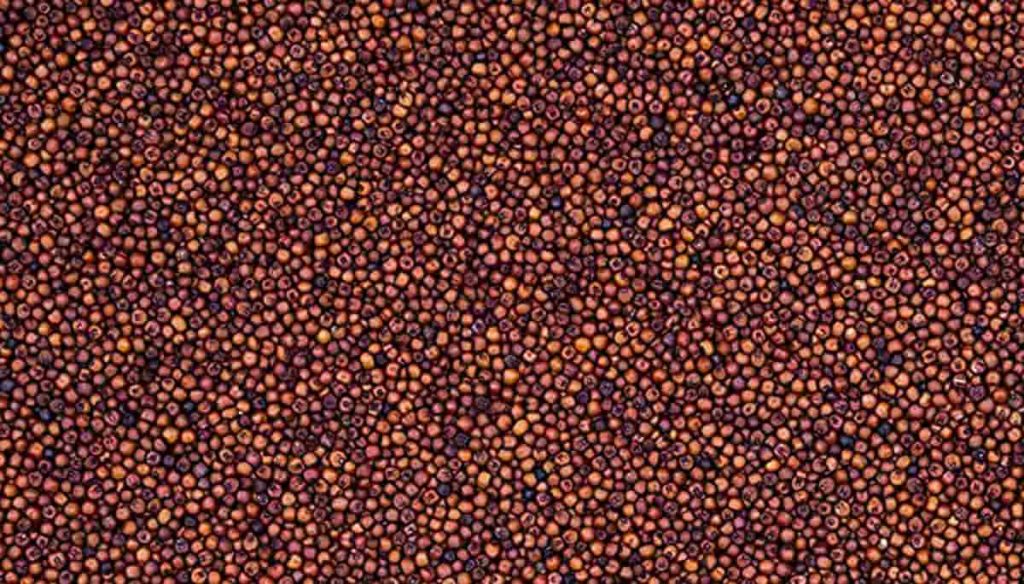
It was found that the inclusion of N fertilizer during the seed stage increased the crop yield compared to fertilizer transmission. The maximum productivity of Finger millet can be achieved by using proper nutrition. Balanced fertilizer and cropping system affect Finger millet production. Improved Finger millet varieties respond well to additional nutrients as the crop is usually grown in poor soil conditions.
Compared to large cereals, the available recommendations for nutrient management in Finger millet are very low in different agro-climatic states. Therefore, compost is applied 4-5 weeks before sowing of ragi crop. NPK was used in the form of urea, single superphosphate, and muriate of potash.
Best fertilizer for Finger Millet (Ragi)
Organic fertilizers
In Finger millet farming, there is a need to create efficient organic food sources using Vermicompost, Panchgavya, Jeevamruta, Beejamruta, Neem Cake/ Neem Seed Extractants. Organic Finger millet production was mainly focused on using FYM, compost, green manure, oil cake, etc. These fertilizers alone or in combination cannot increase crop yields. Large quantities of organic manure are recommended to improve the soil’s physicochemical and biological properties and improve Finger millet productivity.
Bio-fertilizers
Azospirillumbrasilense (N fixing bacterium) and Aspergillusawamori (P solubilizing fungus) by 25 g / kg seed treatment with seeds are beneficial. If seeds need to be treated with seed dressing chemicals, first treat the seeds with seed dressing chemicals and then with bio-fertilizer at the time of sowing.
Bio-fertilizers are living and latent cells of micro-organisms that grow under favorable conditions and supply, activate, and dissolve plant nutrients. Therefore, their integration with organic and chemical fertilizers adds value for maintaining crop productivity by forming a healthy ecosystem. In general, bio-fertilizers combine well with organic manures and inorganic fertilizers.
In case you miss this: Finger Millet Farming (Ragi) Information Guide
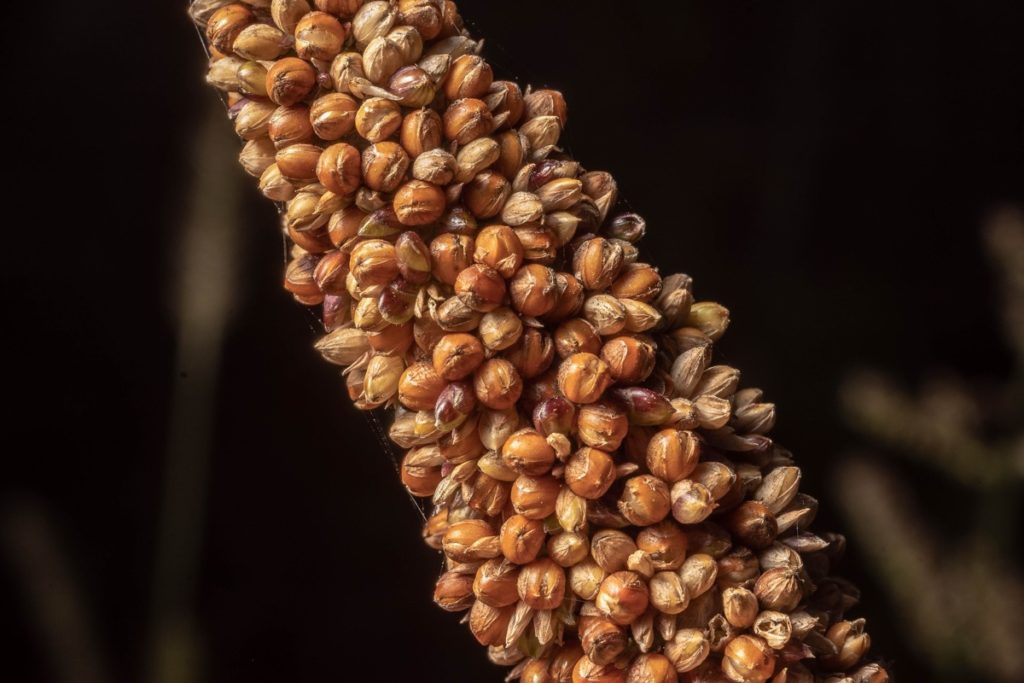
Method of treating of seeds with bio-fertilizer
- Crop-specific bio-fertilizer culture should be applied at 25 g / kg seed.
- Sticker solution is essential for effective seed vaccination. It can be prepared by dissolving 25 grams of jaggery or sugar in 250 ml of water and boiling for 5 minutes. Thus, the solution designed is cooled.
- Smear the seeds thoroughly using the required amount of sticker solution. After that, add culture to the seeds and mix well to get a fine coating of culture on the seeds.
- Culture-coated seeds should be dried well in the shade to avoid seed clumping.
- Use inoculated seeds for sowing.
Application of NPK fertilizers
The excess amount of organic matter in the soil is considered beneficial for Finger millet. It helps improve the physical soil condition, allowing the soil to retain moisture for an extended period. Fertilizer recommendations based on soil tests in Vertisols, Alfisols, Inceptisols, and Entisols can be adopted in the Western and Northwestern Zones to recommend fertilizer doses for specific production targets.
As far as possible, apply NPK fertilizer as recommended for soil testing. If soil testing recommendation is not available, follow the recommendation of a blanket of 60 kg N, 30 kg PO5 and 30 kg K2O per hectare. Before planting, apply a half dose of N and a full dose of N, and a total amount of P2O5 and K2O. Spread the fertilizer mixture in the field before the last plowing and add to the soil by plowing.
Apply ten packs per hectare (2000 g) azospirillum and ten packets (2000 g / ha) 20 packs of phosphorus solubilizing bacteria or Azophos (4000 g / ha) after mixing with 25 kg soil and before 25 kg FYM transplanting.
In case you miss this: Types of Millets In India, Cultivation FAQs
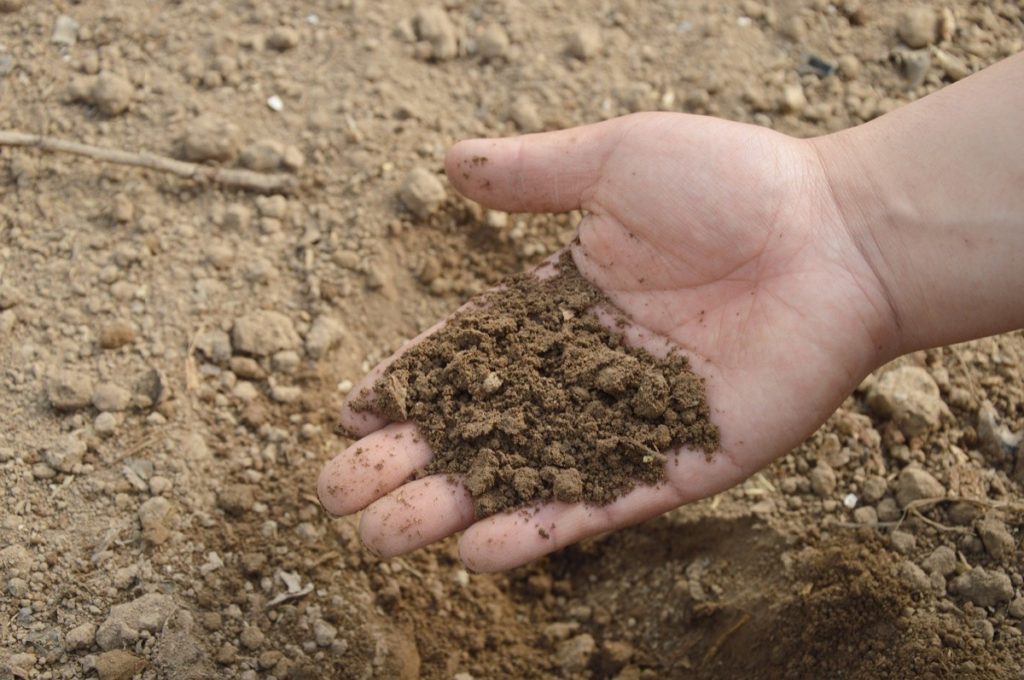
Application of micronutrients
Mix 12.5 kg of micronutrient mixture enough sand to make 50 kilograms per hectare (or) evenly applied on the bed. To eliminate Zn deficiency in plants, spray 0.5% ZnSO4 30, 40, and 50 days after sowing. Use 25 kg ZnSO4, 10 kg CuSO4 and 50 kg FeSO4 + 12.5 t FYM / ha for specific nutrient deficiencies. Do not add the mixture to the soil.
Essential nutrients for Finger millet
Nitrogen
It is essential to use the right level of nitrogen fertilizer to get the maximum yield of Finger millet and thus make its cultivation profitable. Unfortunately, many soils where Finger millet is grown are deficient in nitrogen.
Time of application – Time of use of nitrogen in Finger millet production is essential. During the seed phase, N fertilizer increased output by 30% compared to the spread of fertilizer as a basal dose. N supply must be matched with crop N demand to maximize production and efficiency. On sandy loam soils, applying N at 50 kg/ha only at planting produces less grain production, whereas yield is increased when used in two splits. (The time of planting and 25-30 days later).
In case you miss this: Barnyard Millet Farming – Production Practices
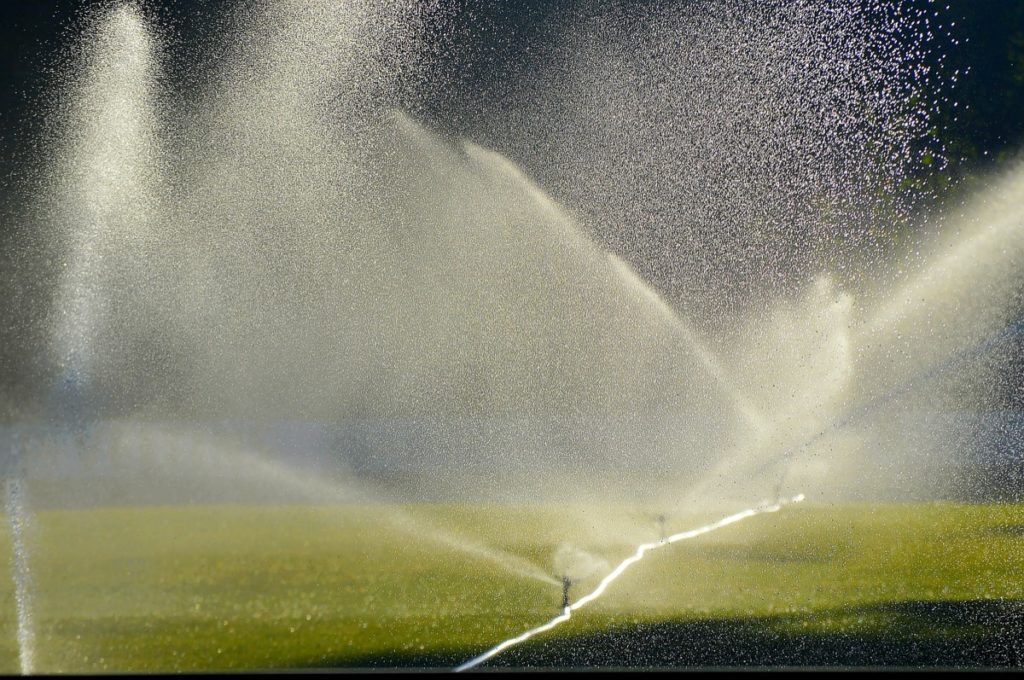
Apply 13 metric tons of farmyard manure (FMY) per hectare in the fertilized soil. The area and ground determined the use of fertilizers like NPK. Different states have different requirements for both irrigation and rainfed. Therefore, NPK must be used in other areas depending on the fertility of the soil. Apply fertilizer based on soil test results. In case of non-testing of soil, apply diammonium phosphate at the rate of 100 kg per hectare before sowing and 100 kg urea per hectare as top dressing 21 days after sowing.
Phosphorus and Potassium
One of the significant problems in growing finer millet farmers facing inherent low soil P. P has a unique role in improving Finger millet production. In very low, medium fertility soils, the recommended use of Phosphorus P by 125% recommended dose of phosphorous (RDP) with recommended N, K and FYM have been recorded to increase the yield of Finger millet grains and straw. With the proposed N, K, and FYM, 100% or 75% RDP was maximized, whereas, in high P fertile lands, the yield increased at a higher rate of P application. As a result, phosphorus utilization efficiency (PUE) was higher at the lower level of P application.
For crop productivity, Nitrogen, Phosphorus, and Potassium are the primary macronutrients. In general, fertilizer recommendations contain different levels of macronutrients for higher yields.
Fertilizer Requirement (kg / acre)
| UREA | SSP | Muriate of Potash |
| 52 | 80 | 14 |
Up to 1-hectare area required 150 m2 need 35-38 beds 4 feet wide and 25 feet long and 4 inches high. After that, add 2 to 3 baskets of well-decomposed FYM with half kg ammonium phosphate, 750 grams zinc sulfate, 1 kg superphosphate, and 0.5 kg muriate of potash. Sow the seeds by opening rows evenly every 3 inches. Cover each bed with well-soaked FYM seeds and soil/sand/water when the seedlings are 12 to 14 days old; top dress with 500 grams of urea per bed.
About 21–25-day old seedlings are ideal for transplanting in 22.5-25 cm rows with 10 cm between 2 seedlings/hills. It is beneficial to treat seeds with Azospirullumbrasilense (nitrogen-fixing bacterium) and Aspergillusawamouri (soluble phosphate fungus) by 25 grams per kg.
Organic manures
Organic manures play an essential role in nutrient management by providing a variety of nutrients and releasing them gradually, improving soil fertility, and increasing the efficiency of additional chemical inputs. There are different types of organic manures, and Finger millet has a positive effect on increasing productivity. In addition, proper use of FYM, 7.5 to 10 tonnes per hectare, helps in better root development.
FYM increased grain production of early and short-term crops by 9.5% and 3.5%, respectively. Nowadays, organic farming is gaining popularity with the continuous expansion of area expansion and increased crop production. The general acceptance of organic farming is not only due to the high demand for non-polluting food but also due to its natural benefits in supporting agriculture sustainability.
In case you miss this: Millets Farming; Millets Cultivation Practices
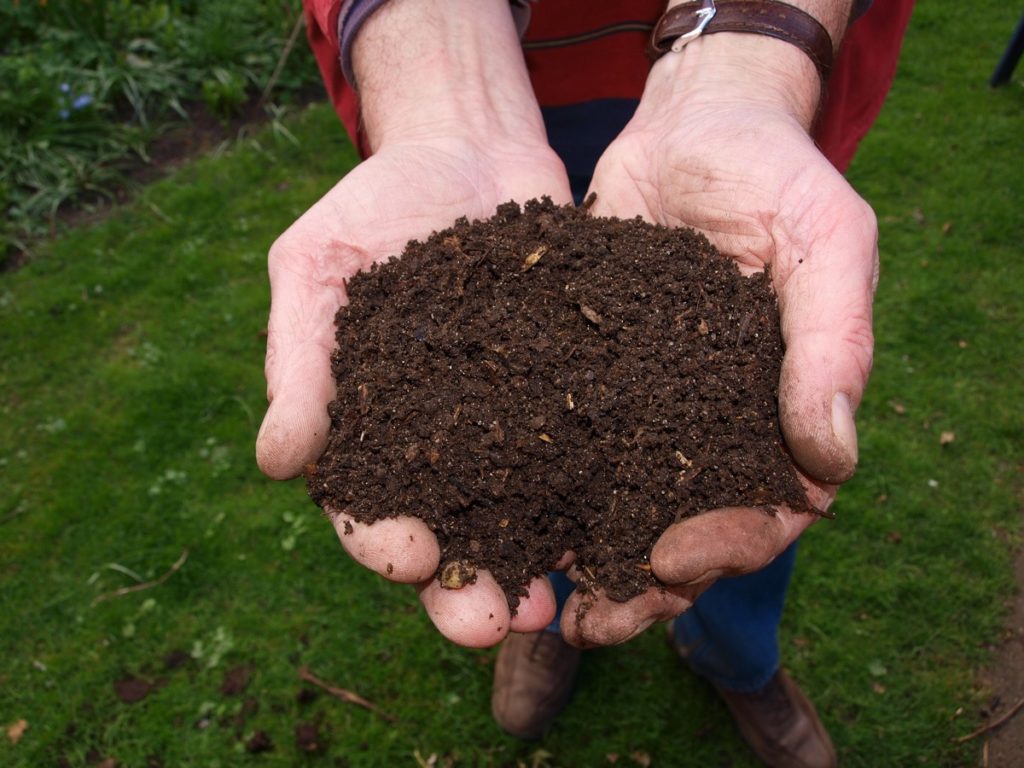
Integrated Nutrient Management (INM)
INM is the proper and coordinated use of nutrients in crops by all possible means to strengthen soil health targeting sustainability. In INM, plant nutrients are provided through organic fertilizers, organic fertilizers, and chemicals to meet the needs of crops. Organic manures are known for improving physical and chemical properties, creating a favorable environment for soil micro-organisms, and enhancing the efficiency of chemical fertilizers.
- Economical Aquaculture: A Guide to Low-Budget Fish Farming
- 15 Common Planting Errors That Can Doom Your Fruit Trees
- How to Make Houseplants Bushy: Effective Tips and Ideas
- Innovative Strategies for Boosting Coconut Pollination and Yield
- Pollination Strategies for Maximum Pumpkin Yield
- The Complete Guide to Chicken Fattening: Strategies for Maximum Growth
- Natural Solutions for Tulip Problems: 100% Effective Remedies for Leaf and Bulb-Related Issues
- Revolutionizing Citrus Preservation: Towards a Healthier, Greener Future
- Natural Solutions for Peony Leaf and Flower Problems: 100% Effective Remedies
- Maximizing Profits with Avocado Contract Farming in India: A Comprehensive Guide
- Natural Solutions for Hydrangea Problems: 100% Effective Remedies for Leaf and Flowers
- The Ultimate Guide to Choosing the Perfect Foliage Friend: Bringing Life Indoors
- From Sunlight to Sustainability: 15 Ways to Use Solar Technology in Agriculture
- The Ultimate Guide to Dong Tao Chicken: Exploring from History to Raising
- The Eco-Friendly Makeover: How to Convert Your Unused Swimming Pool into a Fish Pond
- Mastering the Art of Delaware Chicken Farming: Essentials for Healthy Backyard Flocks
- 20 Best Homemade Fertilizers for Money Plant: DIY Recipes and Application Methods
- How to Craft a Comprehensive Free-Range Chicken Farming Business Plan
- Brighten Your Flock: Raising Easter Egger Chickens for Beauty and Bounty
- How to Optimize Your Poultry Egg Farm Business Plan with These Strategies
- Subsidy for Spirulina Cultivation: How Indian Government Schemes Encouraging Spirulina Farmers
- Ultimate Guide to Raising Dominique Chickens: Breeding, Feeding, Egg-Production, and Care
- Mastering the Art of Raising Jersey Giant Chickens: Care, Feeding, and More
- Ultimate Guide to Raising Legbar Chickens: Breeding, Farming Practices, Diet, Egg-Production
- How to Raise Welsummer Chickens: A Comprehensive Guide for Beginners
- How to Protect Indoor Plants in Winter: A Comprehensive Guide
- Ultimate Guide to Grow Bag Gardening: Tips, Tricks, and Planting Ideas for Urban Gardeners
- Guide to Lotus Cultivation: How to Propagate, Plant, Grow, Care, Cost, and Profit
- Agriculture Drone Subsidy Scheme: Government Kisan Subsidy, License, and How to Apply Online
- Ultimate Guide to Raising Araucana Chickens: Breed Profile, Farming Economics, Diet, and Care
- Bringing Hydroponics to Classroom: Importance, Benefits of Learning for School Students
- Ultimate Guide to Raising Polish Chickens: Breed Profile, Farming Economics, Diet, and Care
- Ultimate Guide to Raising Australorp Chickens: Profile, Farming Economics, Egg Production, Diet, and Care
- Silkie Chicken Farming: Raising Practices, Varieties, Egg Production, Diet, and Care
- Sussex Chicken Farming: Raising Practices, Varieties, Egg Production, Diet and Care
- Homemade Feed Formulations for Livestock: Discover Cost-effective Starter to Finisher Feed Recipes